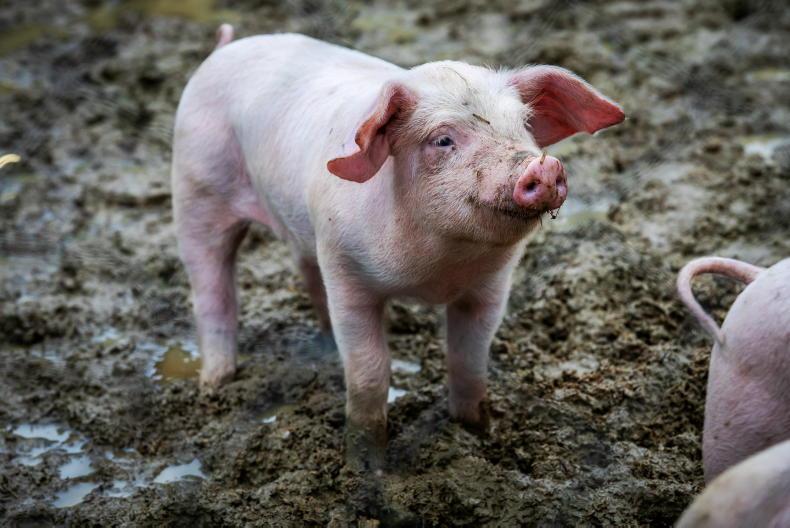The Teagasc pig conferences are, understandably, important events in pig farmers’ diaries. But not just pig farmers, as everybody involved in the industry from feed mills to processors takes something out of the annual conferences – which this year took place in Tipperary and Cavan last week. This year is the 30th anniversary of the Teagasc Pig Farmers’ Conference, after the first conferences were organised by Teagasc pig specialists Michael Martin, Pat Tuite (RIP) and Dr Brendan Lynch in 1994. Given the spread-out nature of the industry across the country, the conferences provide a great networking opportunity for pig farmers to meet and discuss their issues with other farmers and industry stakeholders.
The Irish pig industry has undergone huge change over those 30 years. In 1994 there were 154 pig herds in the country, with an average herd size of 233. This has dropped to just 91 pig herds in the country in 2023, but herd size has almost quadrupled to 864, a massive inc’ease.
Technical efficiency has also increased a lot during that time, with the number of pigs born alive per litter rising from 10.78 in 1994, to 14.94 in 2023. The number of pigs produced per sow, per year – a key determinant of output – has also increased from 21.7 in 1994, to 27.9 in 2023.
The pig industry has always been to the forefront of embracing new genetics to drive the business and it’s paying off – with the average deadweight sold rising from 64.7kg in 1994, to 89.3kg in 2023. Average daily gains have increased from 703g/day in 1994, to 940g/day in 2023, with kill-out also increasing to 76.4% during that time.
On page 48, Phelim O’Neill takes a look at the world market for Irish pigmeat and the importance of China in that market.
Louise Clarke from Teagasc takes a look at empty days in sows on pages 50-51, and how to avoid them.
